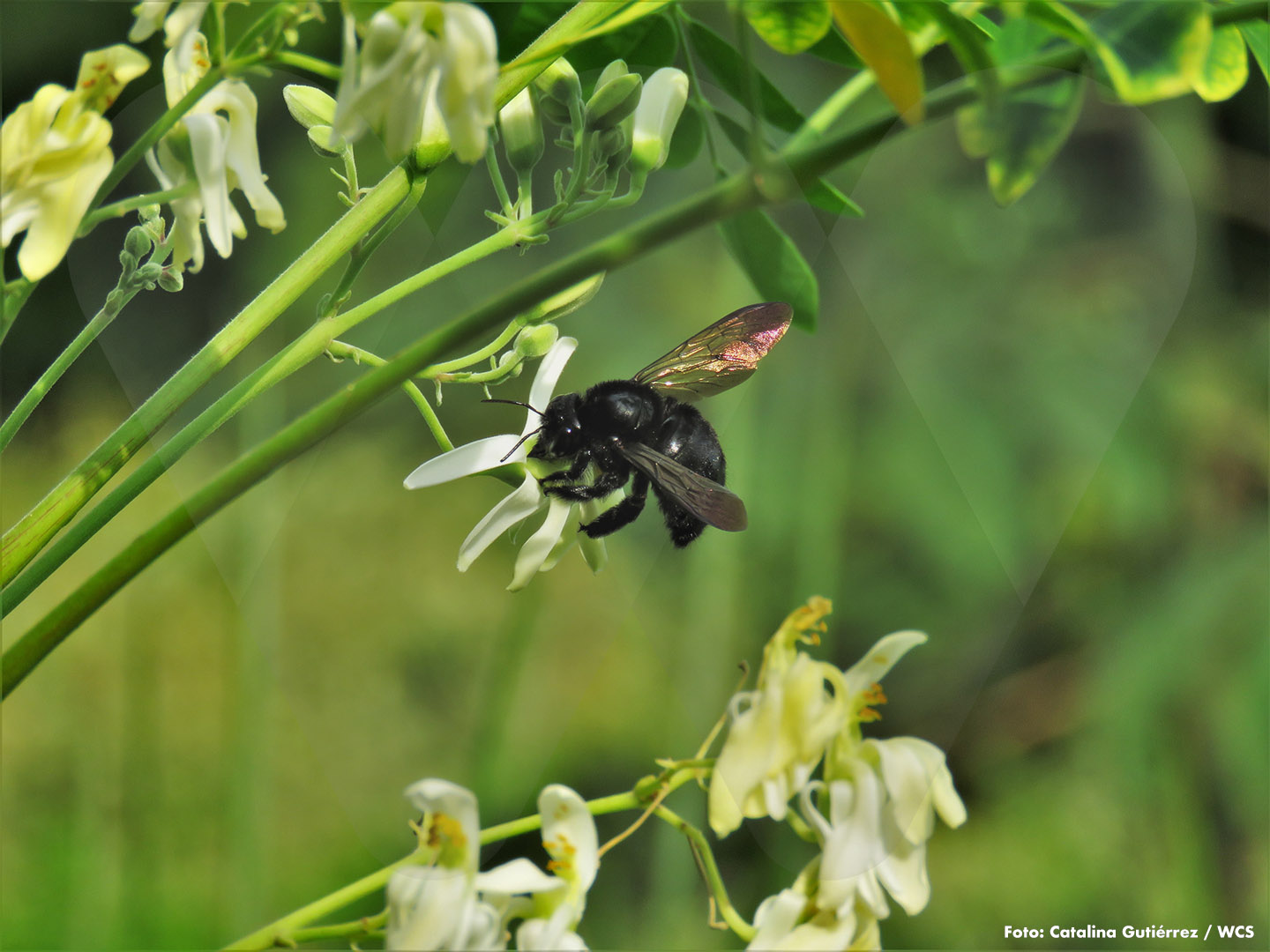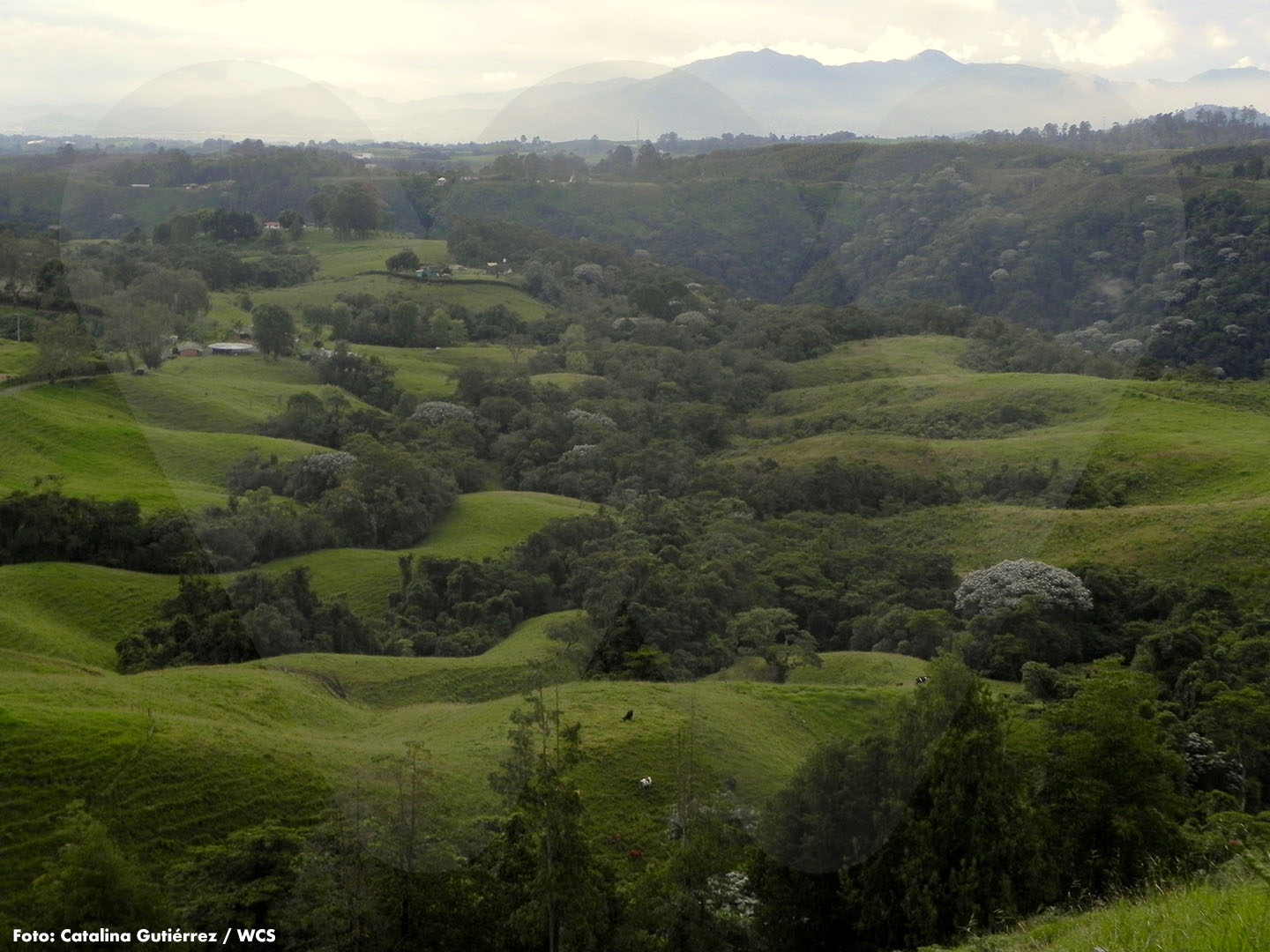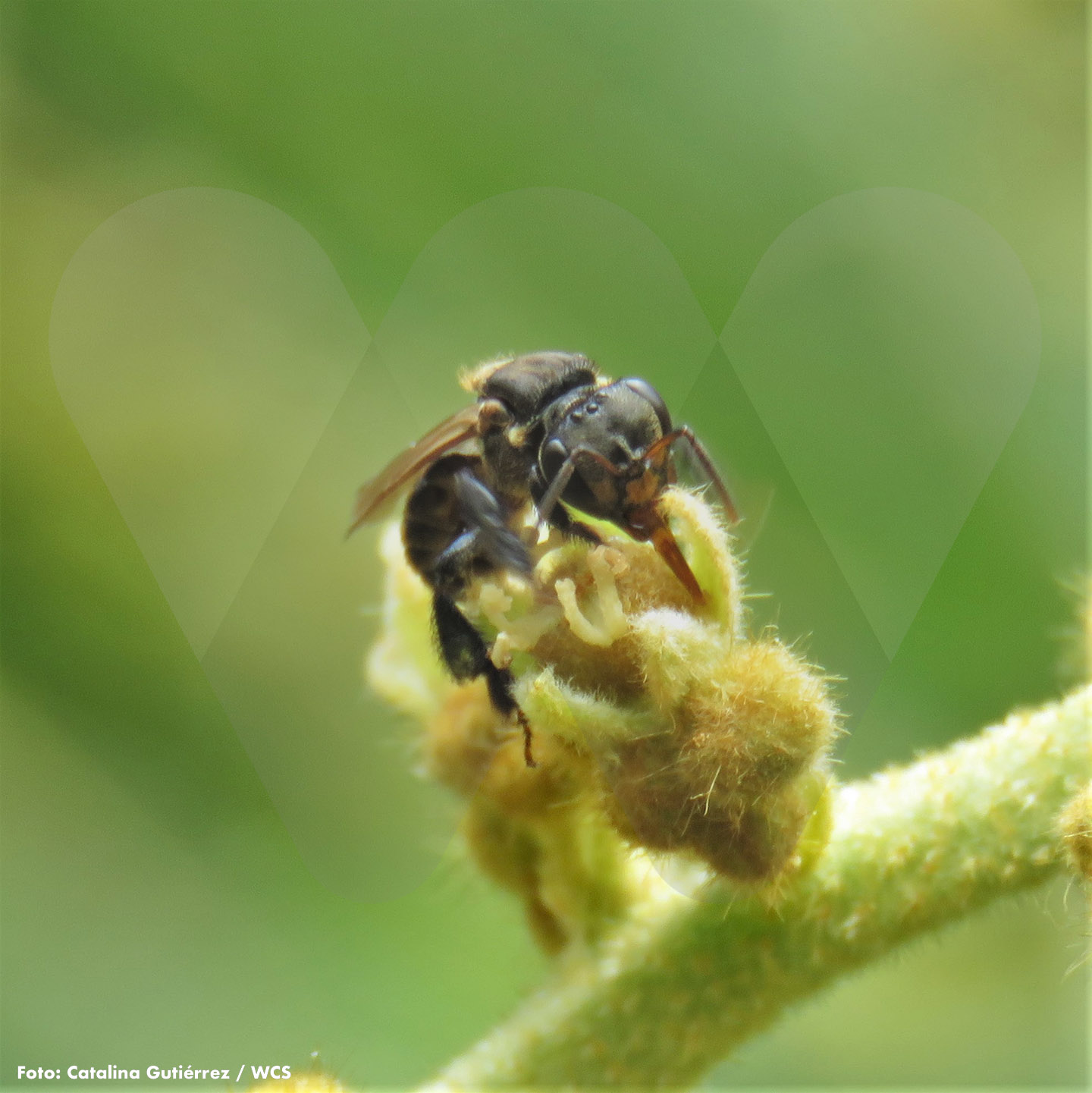zrios posted on May 29, 2020 06:46
Generally designed and implemented for vertebrates, a study published in the Journal of Insect Conservation and led by Catalina Gutiérrez, Country Director of WCS Colombia, explains that forest corridors also help these insects to survive in productive landscapes, where forest has been fragmented.

The habitat of many animals has been reduced and disconnected due to human activities. As a consequence, animal populations have also been disconnected, which implies a high risk for their survival due, for instance, to inbreeding issues (reproduction between relatives) and food shortage. The connection of these populations in human-modified landscapes is then the main purpose of biological corridors.
For animals whose habitat is forest, biological corridors are usually designed as forest strips that connect large remaining areas. These “bridges” have generally been implemented for vertebrates, such as mammals, and some birds that rarely leave the forest. They not only serve as “safe” passageways, but also as areas where animals can satisfy some of their needs such as food and refuge.
There is no agreement on whether corridors are entirely effective in guaranteeing the survival of vertebrates and there was not much information on their benefit for insects like bees.

A research led by Catalina Gutiérrez and published in the Journal of Insect Conservation elucidates part of this uncertainty, as it concludes that multiple forest-associated bees also use those corridors and, therefore, they are important for the maintenance of these insects in landscapes where forests have been fragmented.
Assessing the Barbas-Bremen corridors
The research was entitled ‘Biological corridors as important habitat structures for maintaining bees in a tropical fragmented landscape’. Alexandra María Klein, of the Faculty of Environment and Natural Resources of the University of Freiburg (Germany) and Carlos Valderrama of the Faculty of Natural Sciences and Mathematics of the Universidad del Rosario (Bogotá), also participated in the study that was conducted in the Barbas – Bremen Soil Conservation District in Quindío, Colombia.
There, the Alexander von Humboldt Institute led the establishment of five biological corridors to connect the Barbas and the Bremen forests 13 years ago. Forest was restored in some areas that had become pastures, to achieve physical connections and create the strips that would connect the forests and their animals.

“To assess the relevance of these corridors for bees, species found in the large forests (Barbas and Bremen) were compared with those found both in the corridors (in natural as well as restored sites) and in pastures. If no differences had been found in terms of the number and type of bee species, it would have been a sign that bees use indistinctively any of these areas and therefore, corridors have a limited relevance” explains Catalina Gutiérrez.
In total, 658 bees of 41 species were collected, including several species of native stingless bees and orchid bees, among others. Of that total, 32 species were found in the large forests, 24 in corridors (22 in natural areas and 14 in restored areas) and only 8 species in pastures.
Not only was the species richness in forests and corridors higher compared to pastures, but there were also differences in the types of bees.
Although bee diversity in corridors was slightly lower than in large forests (likely due to the smaller area), similarities in the type of bees point to the important role that corridors are playing for forest-associated species such as the stingless bees. Given their way to establish new colonies (after multiple trips from the old nest to provide it with stored food) and their need for tree cavities or roots to build their nests, biological corridors would be connecting bee populations between Barbas and Bremen otherwise isolated by pastures.

However, the study also found that restored areas do not yet hold the same diversity of bees as natural areas. This shows that restoration processes can take a long time and require constant monitoring to achieve their objectives.
Pollinators, among them bees, are crucial for mankind as more than three fourths of the world’s main crops rely, to a certain extent, on their work. Unfortunately, their populations have dramatically decreased due to deforestation, the indiscriminate use of pesticides, changes in land use, and loss of nesting sites and floral resources. Consequently, biological corridors and other measures that help to counteract these threats are essential to assure not only their survival, but also ours.